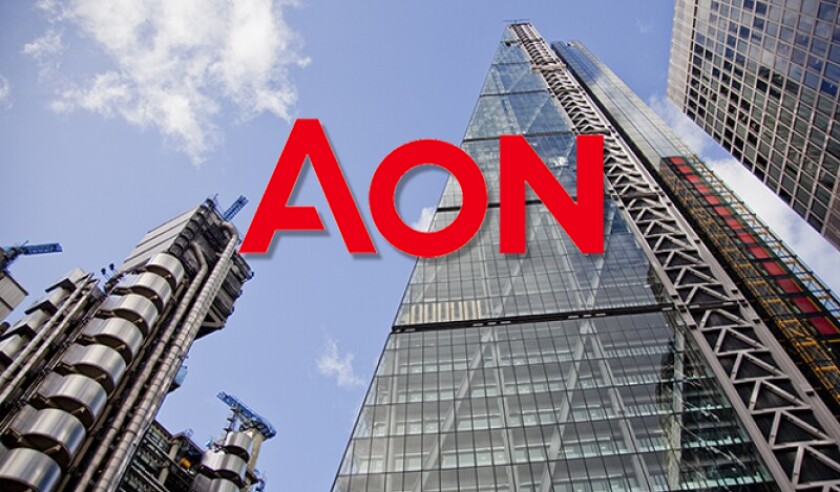The cat bond market grew by $3.6bn or 10% in the half year to 30 June, at a time when investors had raised more than $5bn of assets under management.
Investors should continue to benefit from inflows and growth from coupon income, while sponsors are looking to complete new deals after rates fell in the second quarter.
The firm said US cat bond rates fell by 15-35% in Q2, with index bonds falling more steeply – by 40% over the half year. Rates also fell materially on higher risk-return bonds, as investors sought these on the secondary market in response to a trend for new issuance to feature lower-risk deals.
Meanwhile, deals raised on average 63% more volume than in H2 2022, at $230mn on average for H1 2023 issuances.
Even after the softening in Q2, Aon noted that rates remain elevated and high base interest rates drove total returns up to 12% by mid-year.
The past year’s cat events have driven less than $100mn of losses to the cat bond sector, with six bonds triggering, including several aggregate deals. This included some global retro bonds with exposure to global events such as the Turkish earthquake.
Hurricane Ian losses comprised only 0.25% of total market volumes.
Outside the cat bond segment, Aon said it was observing rising sidecar interest and the return of past ILS investors. It put sidecar volume at $7.1bn, from $6.4bn the prior year.
“Interest in the sidecar sector is escalating as investors recognise the mutually reinforcing impacts of higher pricing, more remote attachments and restricted coverage.”
As well as a pricing change after Hurricane Ian, cat bond structures also featured tighter terms and conditions, especially regarding inflation and secondary perils. Hours clauses often narrowed down the timeframe for covered losses from an event to 5-7 days, down from 10, while wildfire coverage was limited to radiuses of 150 miles.


